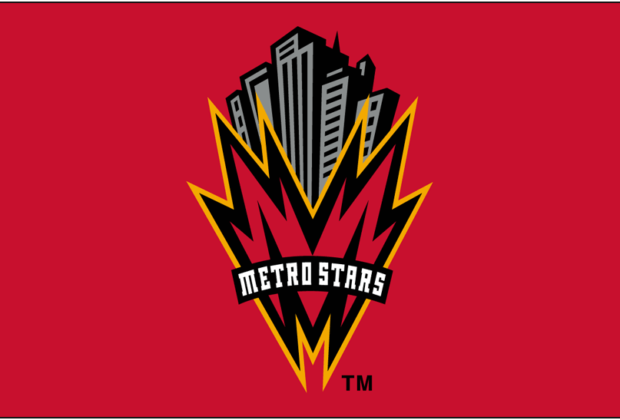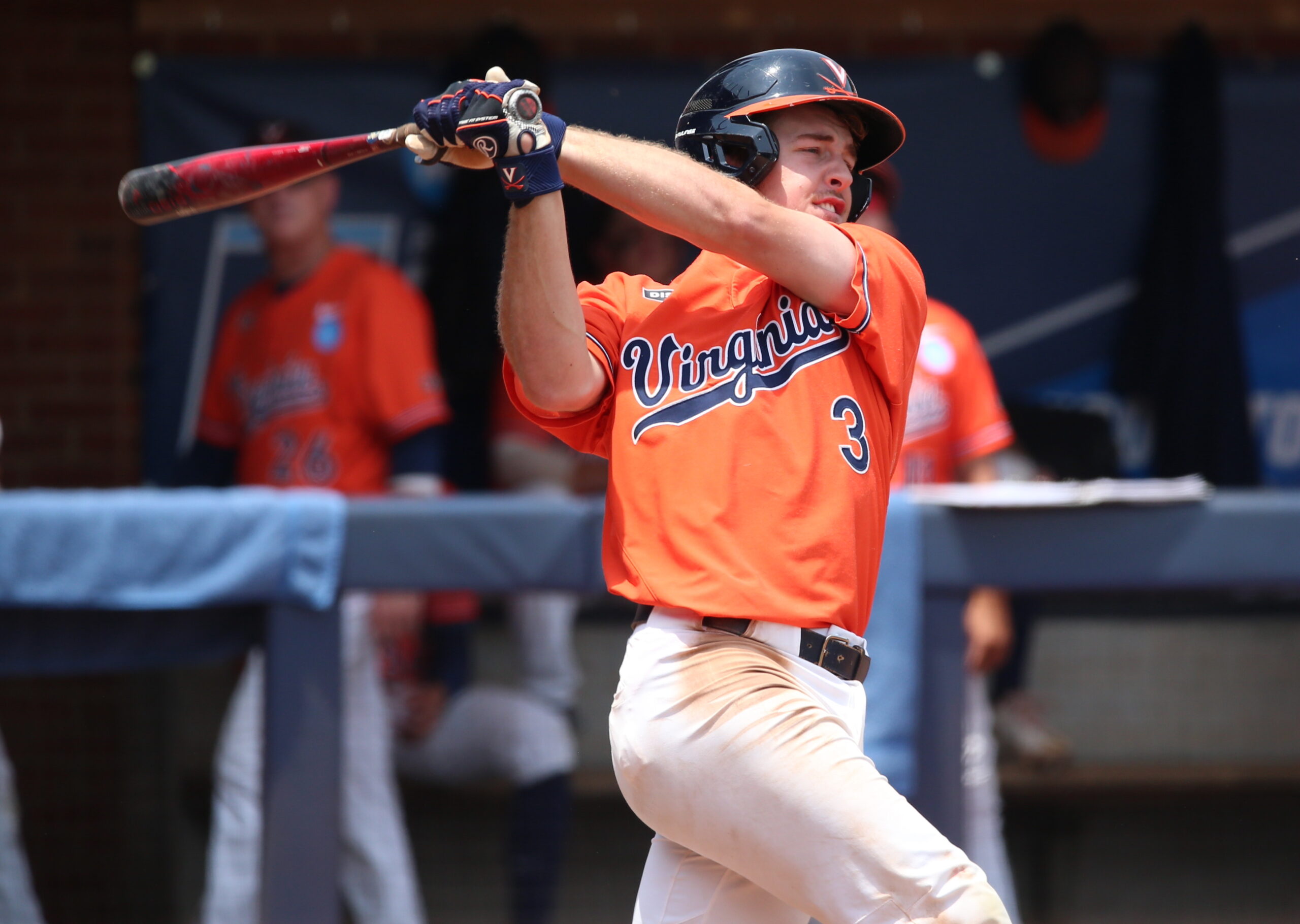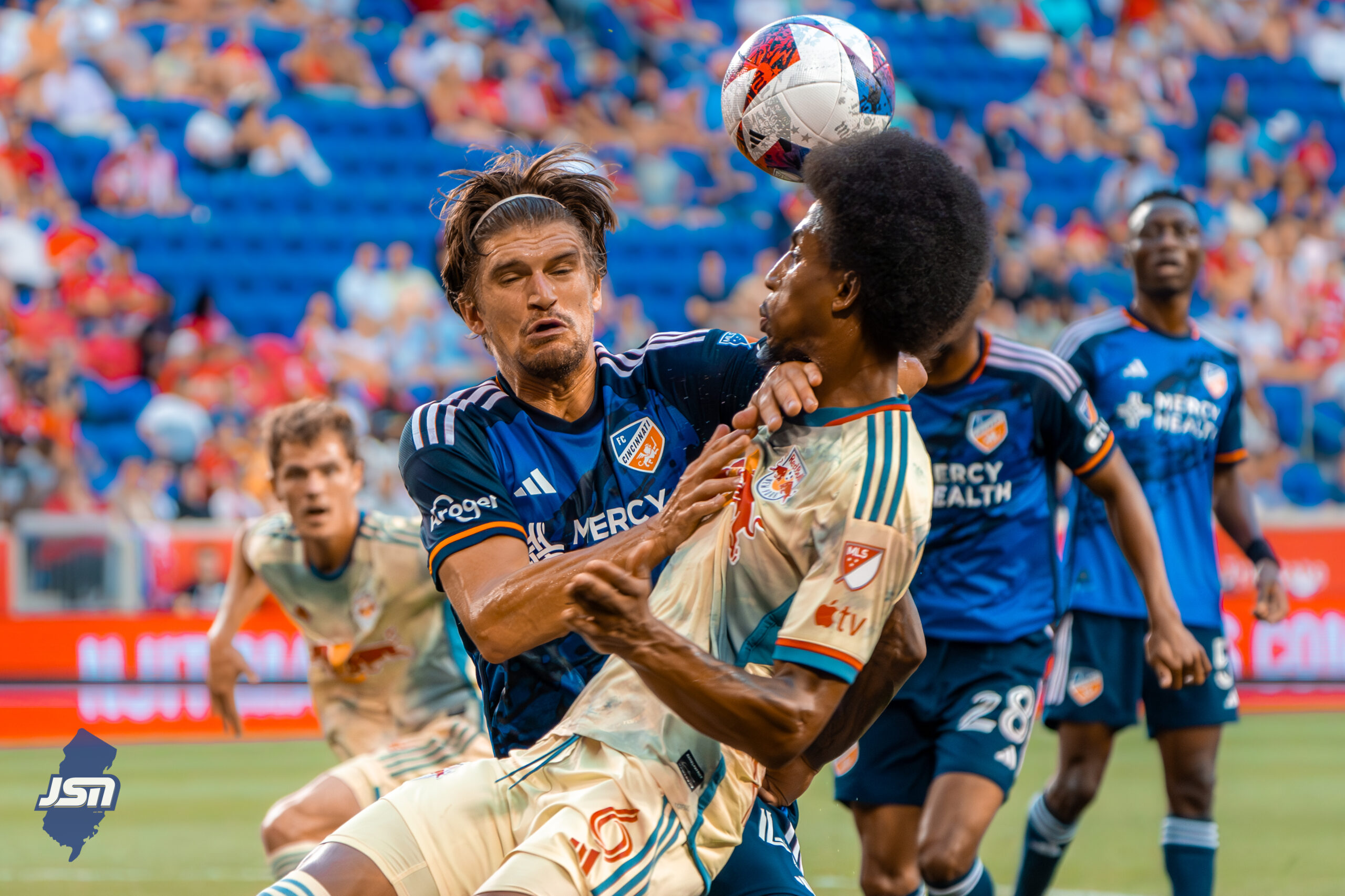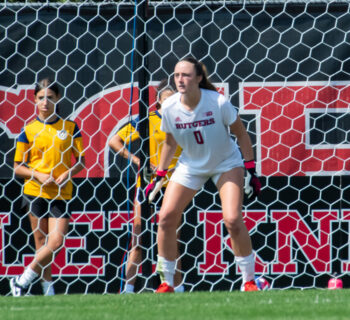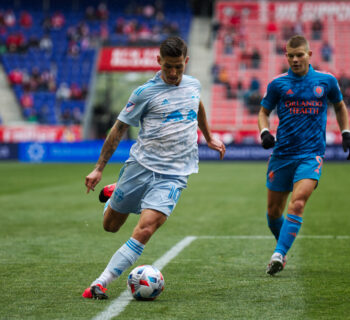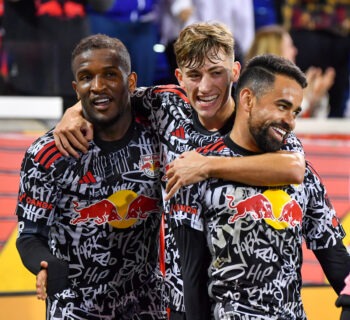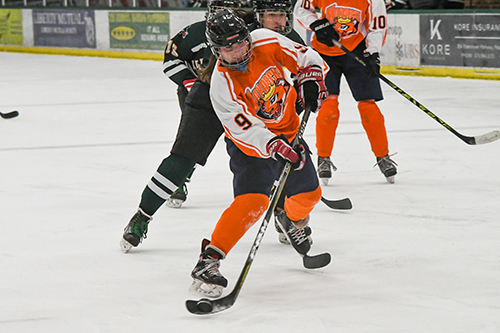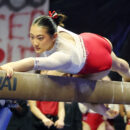STORY TOLD ABOUT A FUTURE REPORTER AND A FAMILY WHO CAME TOGETHER THROUGH THEIR LOVE OF THE 2000 NY/NJ METROSTARS
It was nearly a quarter of century ago already when the franchise now known as the New York Red Bulls played elsewhere in a league, Major League Soccer, that was then very young and still focused on survival. They wore many different jersey designs but all was emblazoned with the name MetroStars. The icon alone with the team name design was strongly inspired from the old black and white classic "Metropolis."
Here was a team of success, but short on fortune. The same goal, a championship, eluded them as it does now 23 years later. But outside of a surprise trip to the 2008 final, the closest this franchise came to winning it all came in the year of Y2K, the start of a new millennium, with a core of players from diverse backgrounds and locations.
They came one disputed goal away from appearing in their first final and would have been favored to win it all had they played. But one off side call changed the destiny of a team and a family who lived vicariously through this team. In the weeks to come, I will attempt to recall and remind the fanbase how good it was when we were the MetroStars.
Long before I became a beat writer in the sports field, I was a fan of soccer. My interest began in the years of Pele and the New York Cosmos and the North American Soccer League. Werner Roth was my favorite player. You may remember him best playing the German national team captain Baumann staring down with Sylvester Stone in the movie "Victory."
He was not the superstar on a team of superstars, but his unassuming style draw me to him, though he would attain the National Hall of Fame in 1989 . Later on, I re-ignited my interest through Diego Maradona and his 1986 World Cup heroics and fell in love with the sky blue stripes along the white and dark shorts. Another skip of time and here I was in the 90's following another World Cup.
It was where I met a good friend from Colombia, Juan Carlos, who taught me about the other games played and how tournaments worked over a course of a football season. I learned that somewhere in the world every day a game of football was being played and that as we called it in the United States, soccer is life.
I took that interest to the 1994 World Cup, which was hosted by the United States. I was fully aware of the players and the countries and what it all meant to host the Cup. It also was a curious thing for mainstream sports fans, who had to be curious as to why every country could be found represented here by passion on a hot summer year for a sport that was not MLB or the U.S. Open and most importantly not seen as anything significant.
Out of that Cup came the first name players that would come back two years later when the United States, for the first time since 1984, would have a top division league once more. In New York, the franchise would be represented by national team members Tab Ramos and goalie Tony Meola, both New Jersey products along with Giovanni Savarese from Venezuela as well as Roberto Donadoni from Italy, a finalist in the aforementioned cup. Their home would be Giant's Stadium and their first coach Eddie Firmani was the Cosmos coach, which served as two links to the NASL past.
The first uniforms were certainly quite a shock, half black and half white with a zig zag line down the middle and black shorts. Each year, they would take on new looks sometimes mirroring Juventus with black stripes or Red with thin white stripes, my personal favorite and my first soccer jersey I ever purchased. In 2000, a more balanced version of red shirt with thick black stripe down the middle and the sides and black shorts with red trim. The white road variety was all white with black stripes and of course always with MetroStars running across the chest.
It is said when you love something and have the opportunity to share it with loved ones whether a wife or children, if that interest is mutual it serves as a common bond that brings a family closer. So it was when I would bring my future adopted family to their first game. For the first time, I was surrounded by family whose interest in the sport equal or surpassed my own.
They were mostly born or were descended from El Salvador and one from Colombia, who I was one of two men I was closest to. They represented regional powers in Central America and South America, respectively. They have a passionate fanbase not just in the home country, but in the United States. If the United States played El Salvador in a qualifier or friendly and it took place in Washington D.C. or Colombia in Miami for example or points south, it may have well been a road game for the stars and stripes.
I was surrounded by family members, who followed soccer as much as I did. I also played pick up games against a variety of players from countries such as Jamaica, Ireland, and Italy. I even considered myself at a level that equaled the U.S.I.S.L , a league which was considered second division was the measuring stick of United States soccer before the emergence of M.L.S. As a Puerto Rican, I even arrogantly knighted myself as the second best Puerto Rican player in the world after Chris Armas and even stated this in a letter to the Puerto Rican Soccer Federation, which was never answered.
Its laughable when you are made aware that Puerto Rico did not have world class players generally and barely made a mark on the international level. If nothing else, it demonstrated my singular desire and interest in this sport that most of America ignored.
The MetroStars were the city team and I followed them anywhere I could find. MSG covered games and periodicals like Soccer America or El Diario in Spanish gave the best coverage. I was fortunate at the time to have worked for a company whose owners had MetroStars tickets, but often would not go. They came in packs of four per game. I made it known that if they chose not to go, I would be happy to take those tickets off their hands. This allowed me to take the family to a few games over the course of the season.
It also gave us something to discuss on a weekly basis as we got to know the players and their stories. All it takes for young kids to be invested usually comes through a favorite player. We will go over those in future chapters. It was something that pulled us out of distant Long Island all the way to New Jersey as we built camaraderie on the bus rides to the East Rutherford swamps through tailgate parties in the parking lot and among fans who were real supporters of the team win or lose. There was something special about this team and perhaps a championship quality as well that we sensed was implied.
The MetroStars were coming off their worst season ever and it did not look likely that was going to change in 2000. But change was what occurred and it took place on many levels starting with the head coach from Ecuador, Octavio Zambrano. This was a man with coaching pedigree with success on the left coast with the Los Angeles Galaxy and he was intent in turning the pedestrian MetroStars into one of speed, excellence in goal and multiple scoring threats to keep teams guessing.
As Zambrano explained in an interview back in 2010, "I basically cleaned house," he explained. " That was something that needed to be done."
The team started slow as new additions took time to gel with old favorites. The MetroStars got it rolling in the second half, which made going to Giants Stadium a must see event which had not been the case since the 1994 World Cup. He also would bring a player along to New York who would score twice as many goals for his new team.
In part two, we will focus on the construction of the 2000 MetroStars which included the most important acquisition from Conyers, Georgia who would capture the imagination of the Big Apple with goals galore and a single act which forever endured him to New York City fans for four memorable seasons. His name is Clint Mathis.
- Henry Aaron 715 Home Run GAME- What Else Do We Know 50 Years Later? - February 6, 2024
- When We Were Metrostars - Part 4 - Tim Howard: The Man Who Would Become King - September 17, 2023
- When We Were Metrostars - Part 5-MATTHAUS WAS NO BECKENBAUER - August 20, 2023

